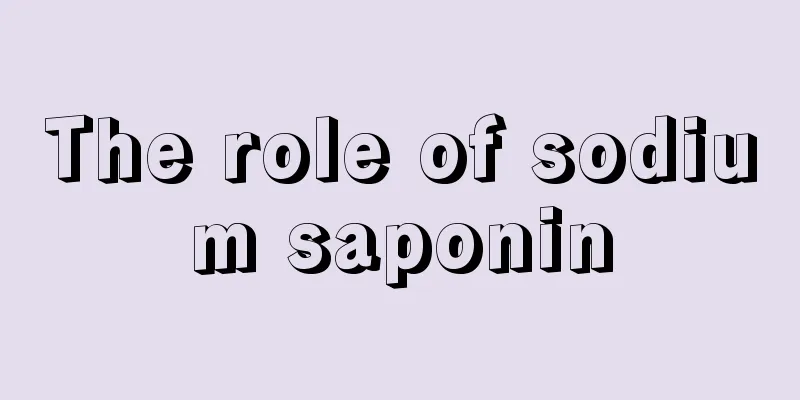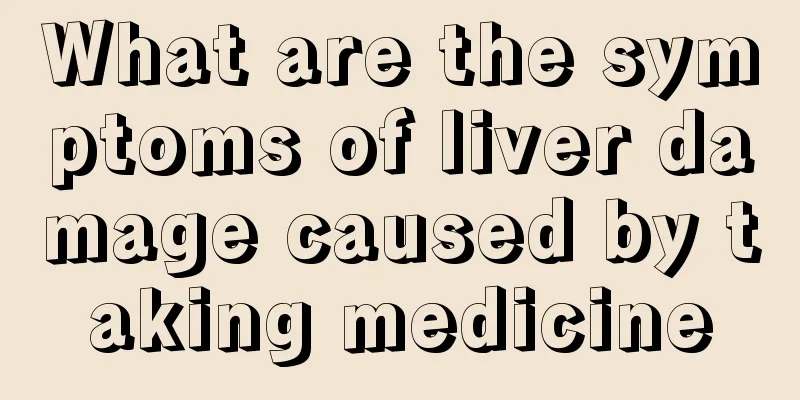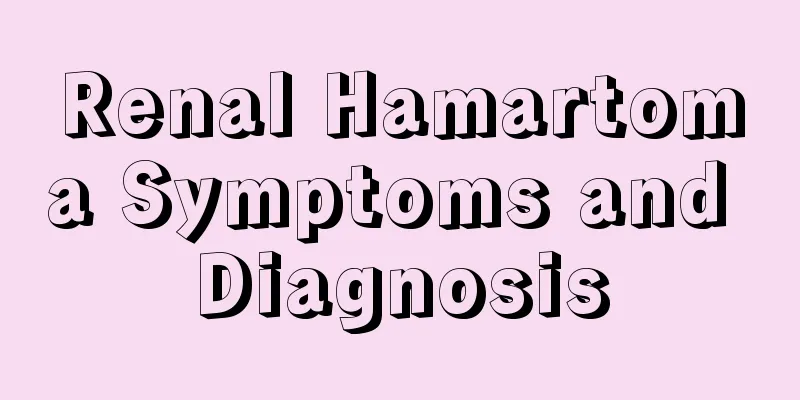The role of sodium saponin

|
With the improvement of living standards, more and more cardiovascular and cerebrovascular diseases are occurring. Some pharmacies will promote Panax notoginseng powder. Is Panax notoginseng really good for treating cardiovascular and cerebrovascular diseases? The main ingredient of Panax notoginseng is sodium saponin. It is understood that the main effects of sodium saponin are dilating blood vessels, lowering blood lipids, etc. Many hospitals will use sodium saponin to treat diseases such as venous swelling, and it has a certain protective effect on damage to brain blood vessels caused by hypoxia. What are the main effects of sodium saponin? The main indications of sodium saponin are: 1. Soft tissue swelling and venous edema caused by various reasons. 2. Venous diseases such as venous edema of the lower limbs and varicose veins. 3. Hemorrhoids. The clinical usage and dosage are mainly for adults: regular dose, 30-60 mg per oral administration, once in the morning and once in the evening, 20 days as a course of treatment. Intravenous injection: 10-15 mg dissolved in 5-10 ml of 10% glucose injection or 40 ml of 0.9% sodium chloride injection, twice a day. Intravenous drip: 20-30 mg dissolved in 10% glucose injection or 0.9% sodium chloride injection 250-500 ml, once a day. Children: Intravenous injection: 1. 3-10 years old: 0.2 mg/kg per day. 2. Under 3 years old: 0.1 mg/kg per day. Intravenous drip: The dosage is the same as intravenous injection. Among them, sodium saponin is the sodium salt of triterpenoid saponin extracted from the dried mature seeds of the tree plant Tianshi chestnut, containing sodium saponin A, B, C, and D. Its functions are as follows: (1) Reduce vascular permeability: It has a significant inhibitory effect on lysosomal activity in serum, stabilizes lysosomal membranes, inhibits the metabolism of proteases, reduces capillary permeability, and resists exudation, thereby reducing venous congestion, alleviating tissue swelling, reducing the circumference of swelling, and reducing the volume of embolism, thereby achieving the effect of preventing and treating venous edema and tissue edema. (2) Increase venous return and alleviate symptoms of venous congestion: Sodium saponin can act on vascular endothelial cell receptors, causing venous contraction, increasing venous return, and reducing congestion symptoms such as limb swelling, pain, itching, fatigue, and heaviness. At the same time, it can significantly reduce blood viscosity. (3) Enhance vascular elasticity and increase vascular tension: By inhibiting the action of proteases in the blood, the glycoprotein collagen fibers in the vein wall are not damaged, thereby restoring the strength and elasticity of the veins. 1. Protective effect on cerebral ischemia and hypoxia damage Effects of Panax notoginseng extract (mainly total saponins) on behavioral state, cerebral ischemic area and brain tissue morphology in ischemic rats. Results Panax notoginseng extract at doses of 42.0 mg/kg, 21.0 mg/kg, and 10.5 mg/kg could significantly improve the behavioral state of rats after cerebral ischemia, reduce the scope of ischemia, and reduce the degree of ischemia, resulting in significant improvement of the diseased brain tissue. The results showed that Panax notoginseng extract had a significant protective effect on focal cerebral ischemic brain damage. 2. Protective effect on cerebral ischemia-reperfusion injury Does Panax notoginseng saponin Rg1 upregulate the level of brain-derived neurotrophic factor (BDNF) positive protein and the number of positive neurons in the cerebral cortex of rats with focal cerebral ischemia-reperfusion injury? According to the test results, compared with the model group, high (200 mg/kg), medium (100 mg/kg), and low doses (50 mg/kg) of notoginseng saponin Rg1 can significantly improve the neurological deficit symptoms of cerebral ischemia-reperfusion, and can upregulate the level of BDNF (brain derived neurotrophic factor, a protein synthesized in the brain) positive protein and the number of positive neurons in the cerebral cortex of rats with cerebral ischemia-reperfusion injury (P<0.05); the effect of each dose is stronger than or equivalent to the positive control. The results show that notoginseng saponin Rg1 can upregulate the expression of BDNF positive protein, and through the protective effect of BDNF on cerebral ischemia-reperfusion neuronal damage, it exerts its therapeutic effect on cerebral ischemia. |
<<: What are some simple ways to relieve ear pain?
>>: What are the causes of blood in the stool?
Recommend
Which permanent hair removal method is best?
Thick lip hair, thick armpit hair, and dark leg h...
What are the treatments for knee osteoarthritis?
Knee osteoarthritis is a very common disease that...
Does smoking affect lung capacity?
Many people have the habit of smoking. Smoking ge...
Where should I scrape for pharyngitis
Gua Sha is well known to many people because it i...
How long after exercise is it best to drink water?
The issue of drinking water during exercise has a...
What is the reason for urine occult blood 1+?
From the perspective of clinical incidence, occul...
Keeping three things by your side before going to bed can ensure longevity
Remember to put three things in front of your bed...
Is picosecond freckle removal permanent?
Now our country has developed a new freckle remov...
Basic knowledge of facial feng shui
Feng Shui is a relatively mysterious theory in Ch...
What diseases can hematopoietic stem cell transplantation treat?
Hematopoietic stem cell transplantation is an adv...
What are the dangers of liver cancer
In life, everyone tends to be afraid of cancer, w...
Nursing rounds for cervical spondylosis
Although the rapid development of science and tec...
My right elbow hurts, what's wrong?
If you feel pain in your right arm, there are man...
Press the calf muscle to make it concave
If the calf muscles sink when pressed, it may be ...
6 common examination methods for liver cancer 2 common symptoms of liver cancer
People must have a deep understanding of liver ca...









